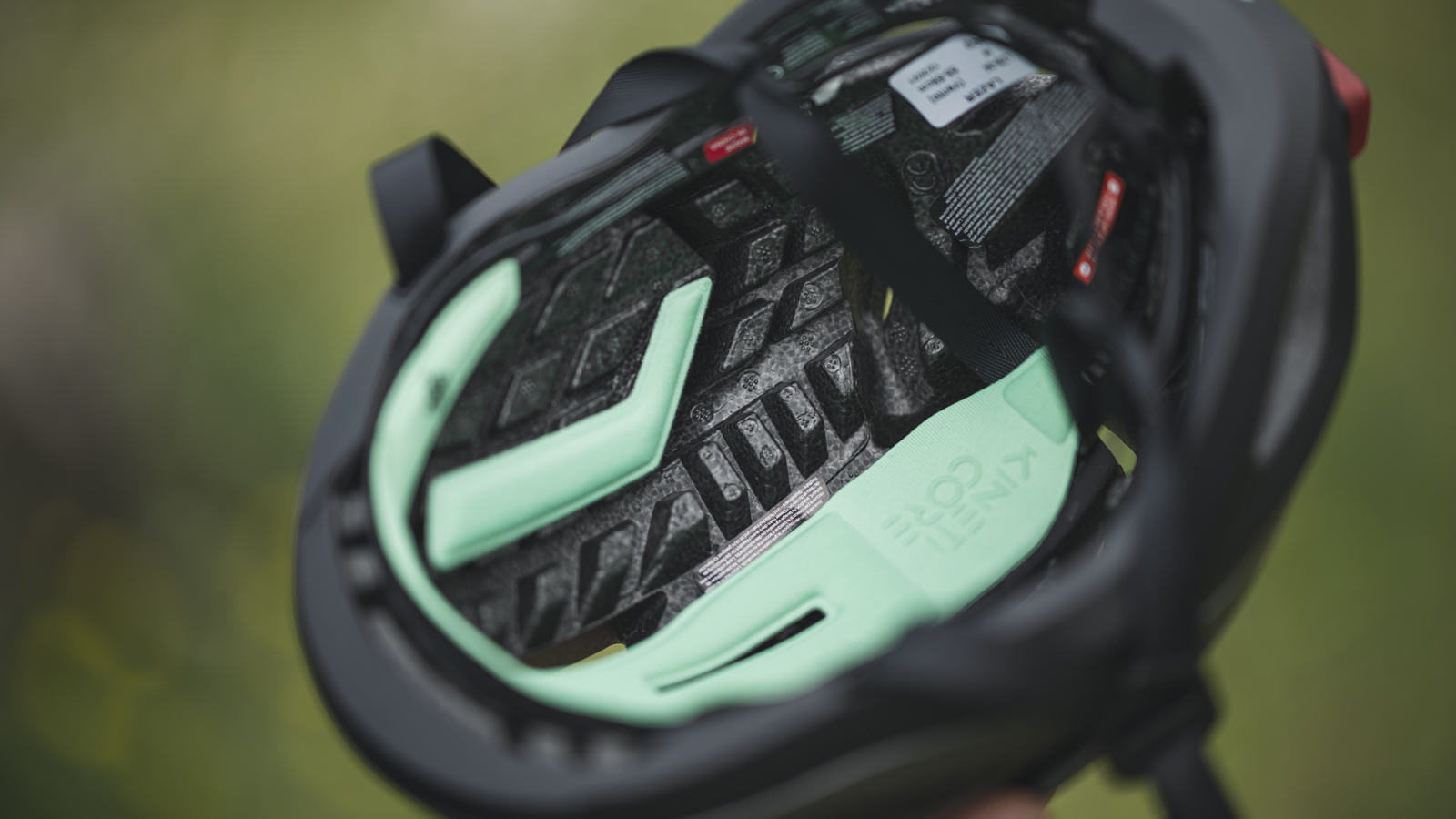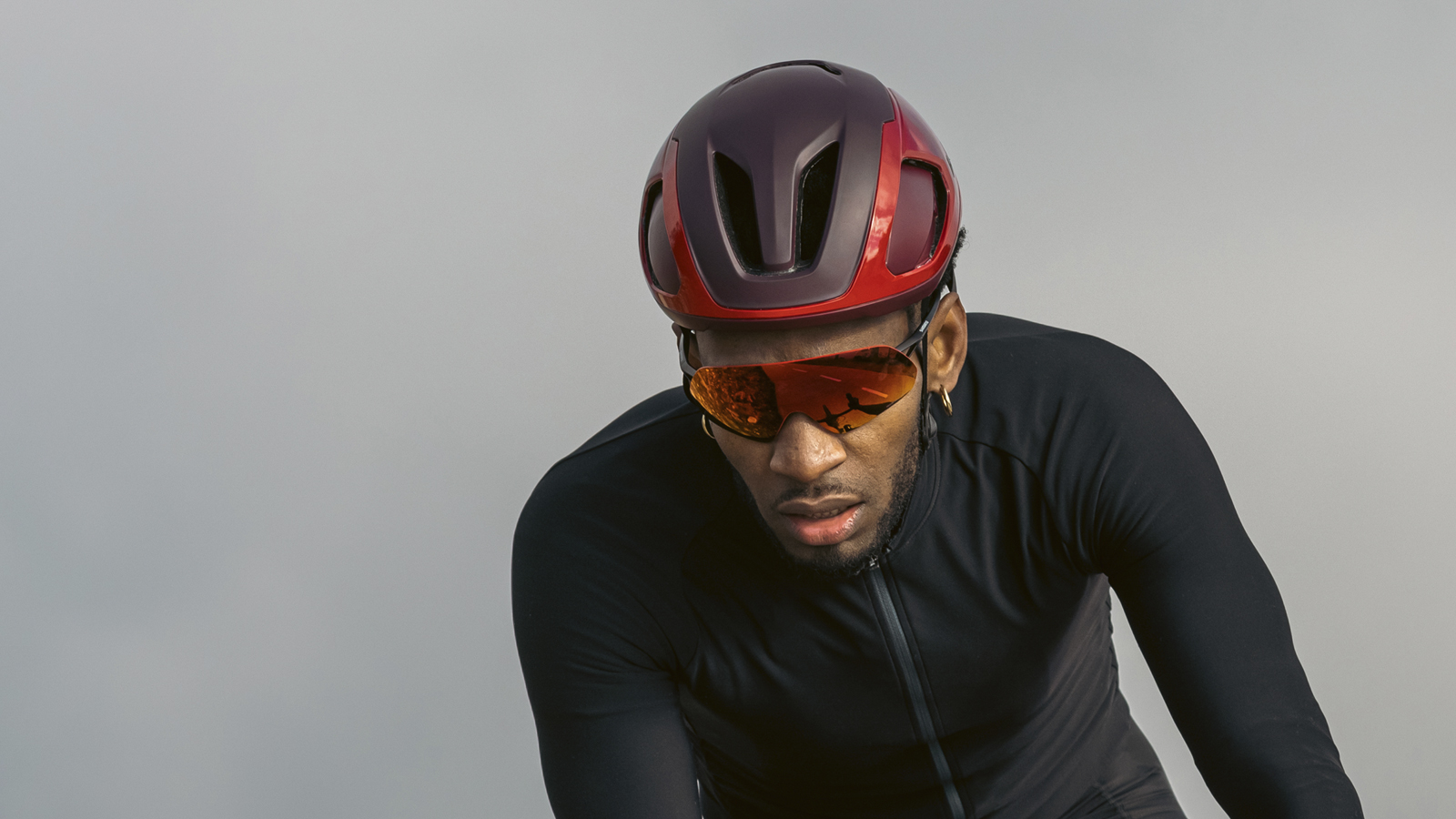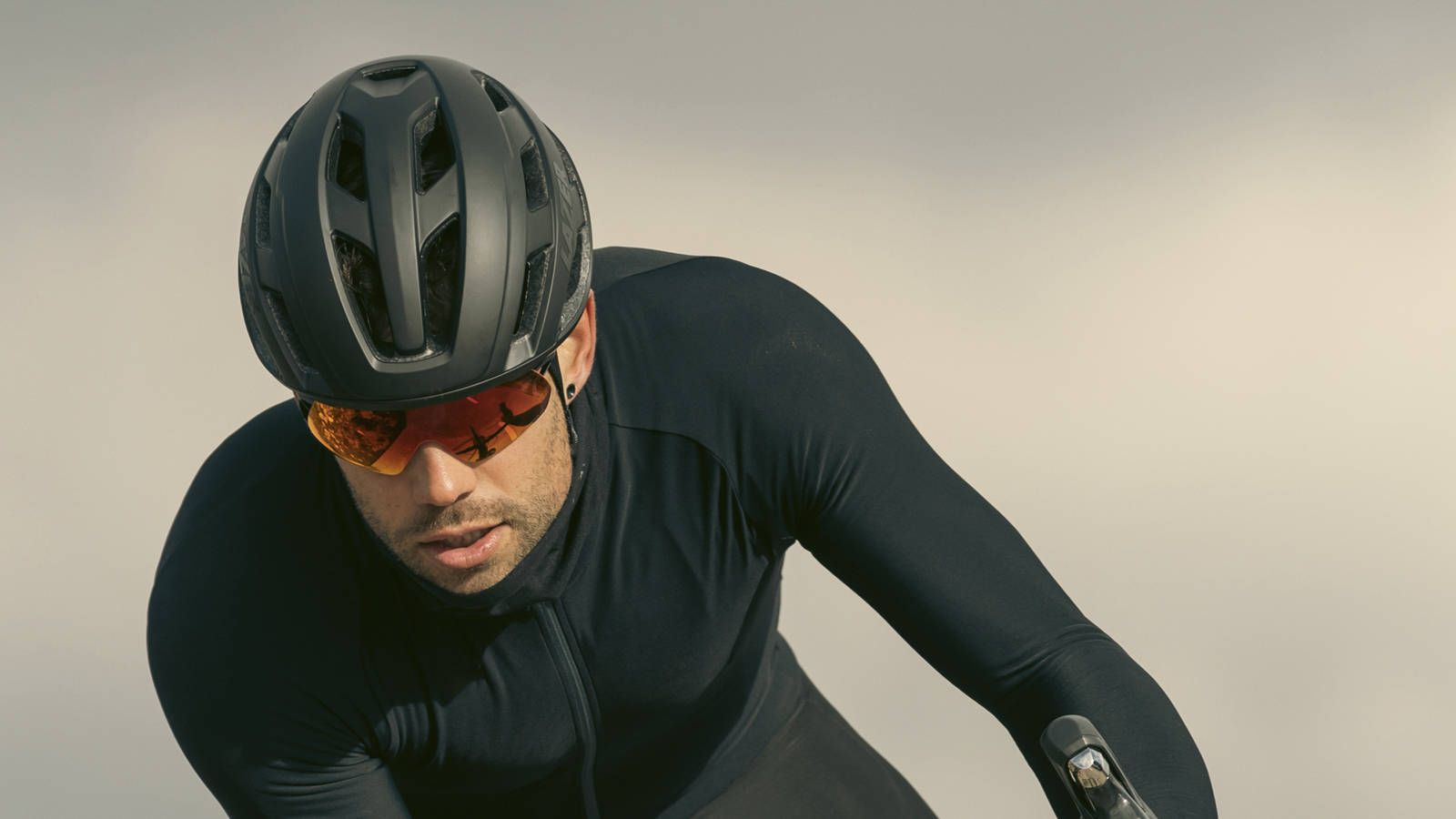Lazer's KinetiCore rethinks rotational impact protection with impressive results
EPS 'blocks' reduce cost, weight and plastics, increase safety and ventilation

Lazer has today announced what it calls its 'biggest introduction in a decade' as it looks to step away from MIPS with its own proprietary technology, KinetiCore.
Taking its inspiration from car crumple zones, KinetiCore foregoes the inclusion of a separate liner to increase rotational impact protection. Instead, Lazer shapes the EPS (Expanded Polystyrene) material of the helmet into blocks on the helmet's inner face. These are designed to deform and break in the event of a crash, and are positioned at specific points to work no matter the angle of the impact.
The results, according to Lazer, are positive in every regard, with improvements to ventilation, manufacturing cost, environmental impact, and more, without compromising safety.
Concurrently, the brand is launching six new helmets that feature the new KinetiCore technology. Two are road helmets; the Vento and the Strada, which will replace the Bullet 2.0 and the Blade+ respectively. There's also a Jackal mountain bike helmet, a CityZen commuter helmet, and two kids' bike helmets.
The technology
As a brand, Lazer has the highest number of five-star ratings from the independent helmet safety testing laboratory, Virginia Tech. Virginia Tech is one of the only independent testing facilities in the world for bicycle helmets, it's certainly the most well known, and its results have become important to any brand's success. At the time of writing, Lazer has 16 five-star-rated helmets on the Virginia Tech results page, and of those, every single one is equipped with a MIPS liner, so the move to step away from MIPS might be considered a risky one.
MIPS (Multi-directional Impact Protection System) is a Swedish company that manufactures slip liners for helmets. These liners are designed to allow the helmet to rotate by a few degrees independently of the head, effectively reducing the G forces put onto the head itself and the brain within. It's a system used by many of the biggest helmet brands thanks to its promise of reducing the risk of a concussion.
Despite the success it has seen using MIPS, Lazer has now followed the likes of POC and Bontrager in developing its own solution. However, while Bontrager used the novel construction of WaveCel and POC added a 'shearing pad', Lazer has kept things simple and stuck with good old fashioned EPS, the primary material in all cycling helmets.
Get The Leadout Newsletter
The latest race content, interviews, features, reviews and expert buying guides, direct to your inbox!
Lazer says that by designing the helmet from the ground up with both rotational and linear protection in mind, rather than rotational impacts being an afterthought, it has been able to achieve the same level of protection from fewer materials, and that by avoiding using the MIPS liner, it has saved money, plastic and weight without compromising safety.
In fact, the brand has already had Virginia Tech put four of its six new helmets through the test, and three were awarded five stars.
How it works
Lazer says it has integrated 'controlled crumple zones' into its helmets by redesigning the inner face of the helmet from the ground up. By replacing the otherwise smooth inner face with a collection of specifically positioned and shaped blocks, Lazer claims the helmet will act in the same way as a car's crumple zone, deforming and breaking intentionally in the event of an impact.
The brand says that there is no one-size-fits-all approach, and as a result, it's unlikely that two different helmets will share the same formation and placement of their blocks. In fact, such is the individuality of the design that two different sizes of the same model could also see differences.
Two new road helmets
Alongside the announcement comes the news of two new road helmets from Lazer, the Vento aero helmet and the Strada.

The Vento will be priced at RRP €269.99, and it replaces the Bullet 2.0 as the best aero helmet in the Lazer lineup. Lazer claims that it weighs between 260 and 290g, dependent on the regulations it is designed to adhere to, and that it is 90g lighter than the Bullet 2.0 MIPS, using 90g less plastic than its predecessor while being 2.3 per cent more aerodynamic too. It is also said to be 94 per cent as effective at cooling than a bare head. It comes with a new 'Scrollsys' retention system, integrated eyewear docking, as well as a mounting port for a 40-lumen rear light accessory (sold separately).

The Strada will retail for €109.99, and also benefits from the Scrollsys retention system, eyewear dock and rear light mount. At 270-290g, it is said to be 20g lighter and use 20g less plastic than the Blade+, and is claimed to provide 98% cooling efficiency.
We've been putting the Vento through its paces in recent weeks, so head over to our Lazer Vento review to find out more.

Josh is Associate Editor of Cyclingnews – leading our content on the best bikes, kit and the latest breaking tech stories from the pro peloton. He has been with us since the summer of 2019 and throughout that time he's covered everything from buyer's guides and deals to the latest tech news and reviews.
On the bike, Josh has been riding and racing for over 15 years. He started out racing cross country in his teens back when 26-inch wheels and triple chainsets were still mainstream, but he found favour in road racing in his early 20s, racing at a local and national level for Somerset-based Team Tor 2000. These days he rides indoors for convenience and fitness, and outdoors for fun on road, gravel, 'cross and cross-country bikes, the latter usually with his two dogs in tow.